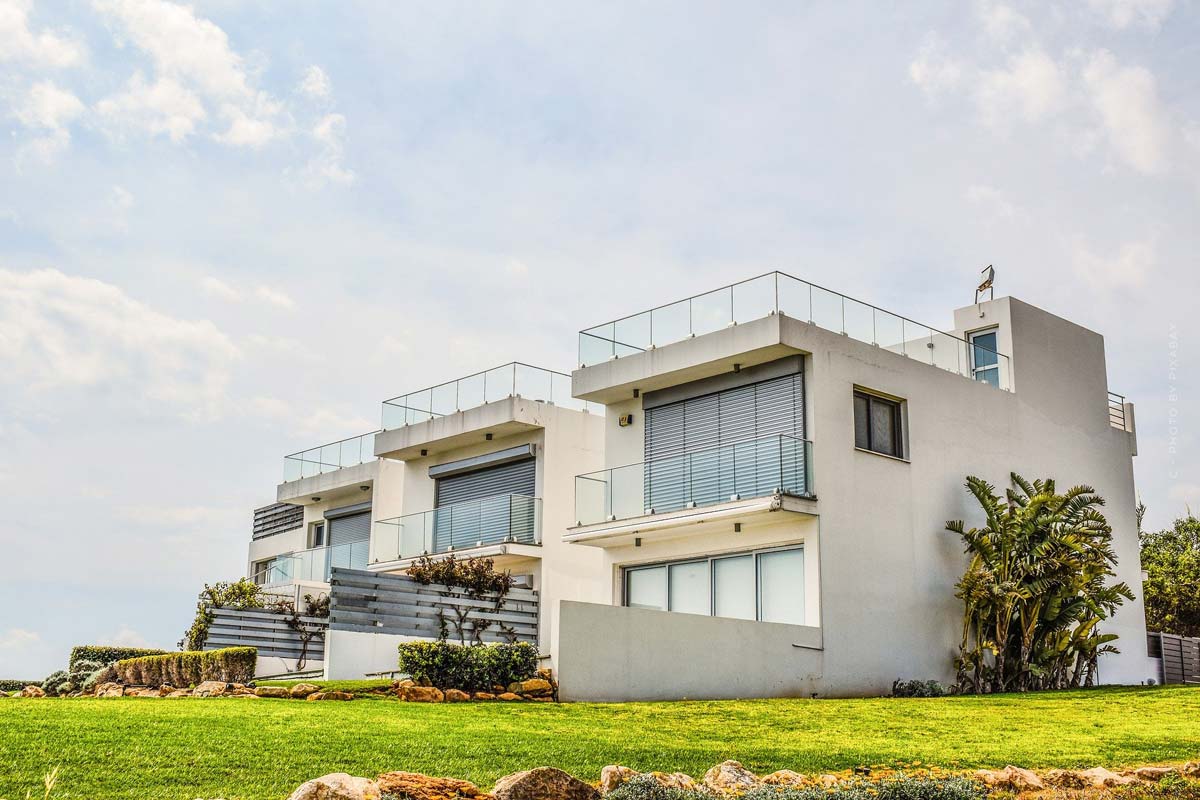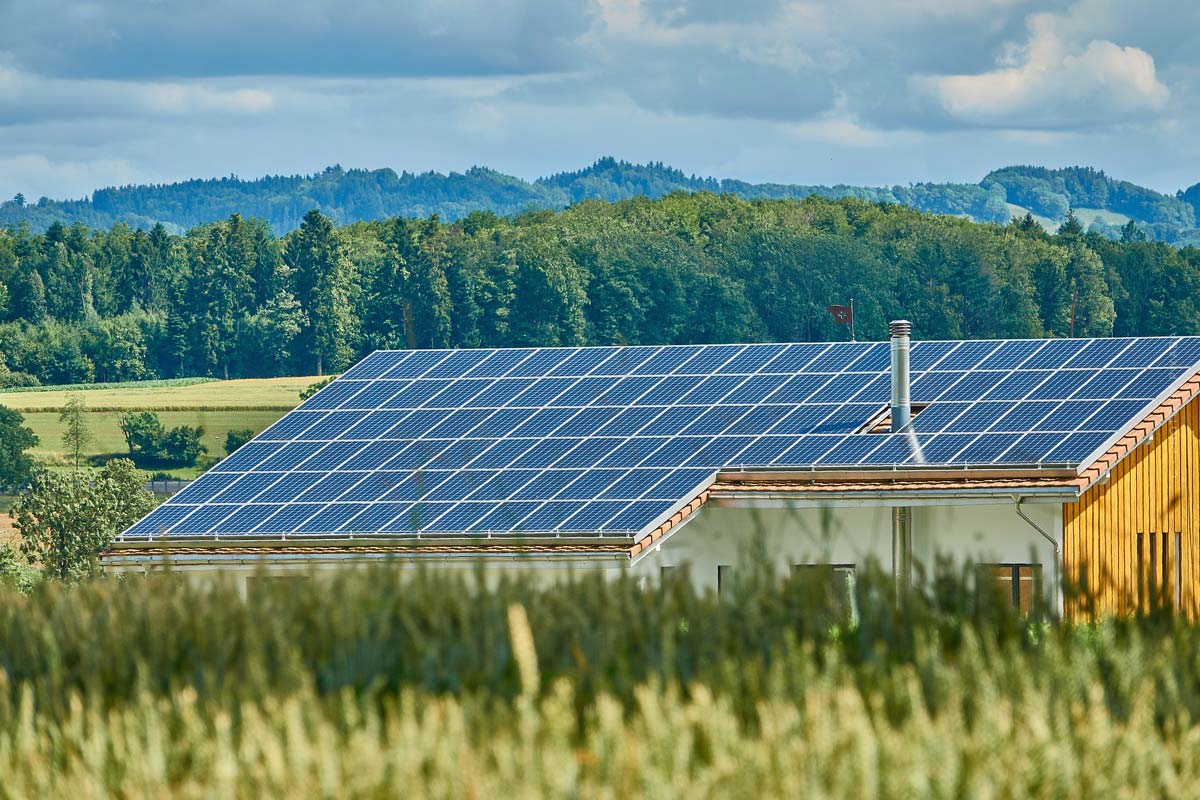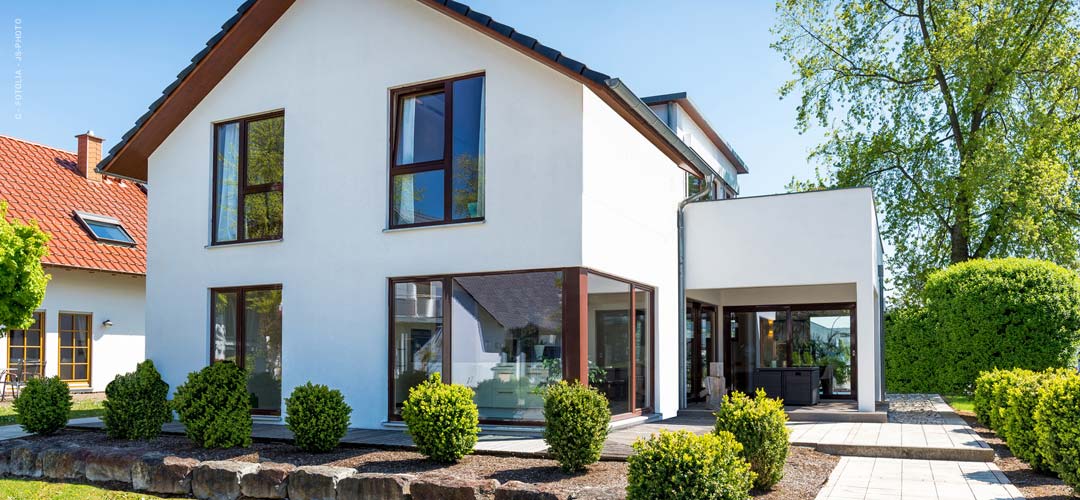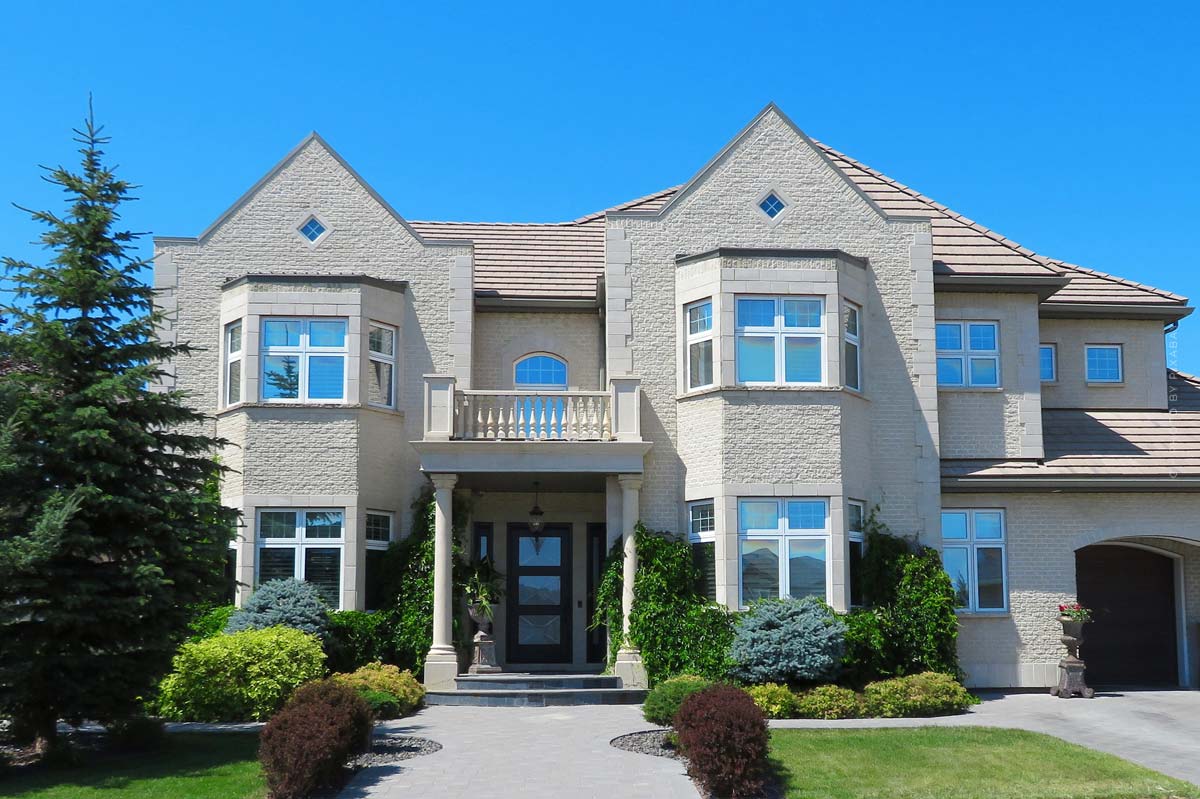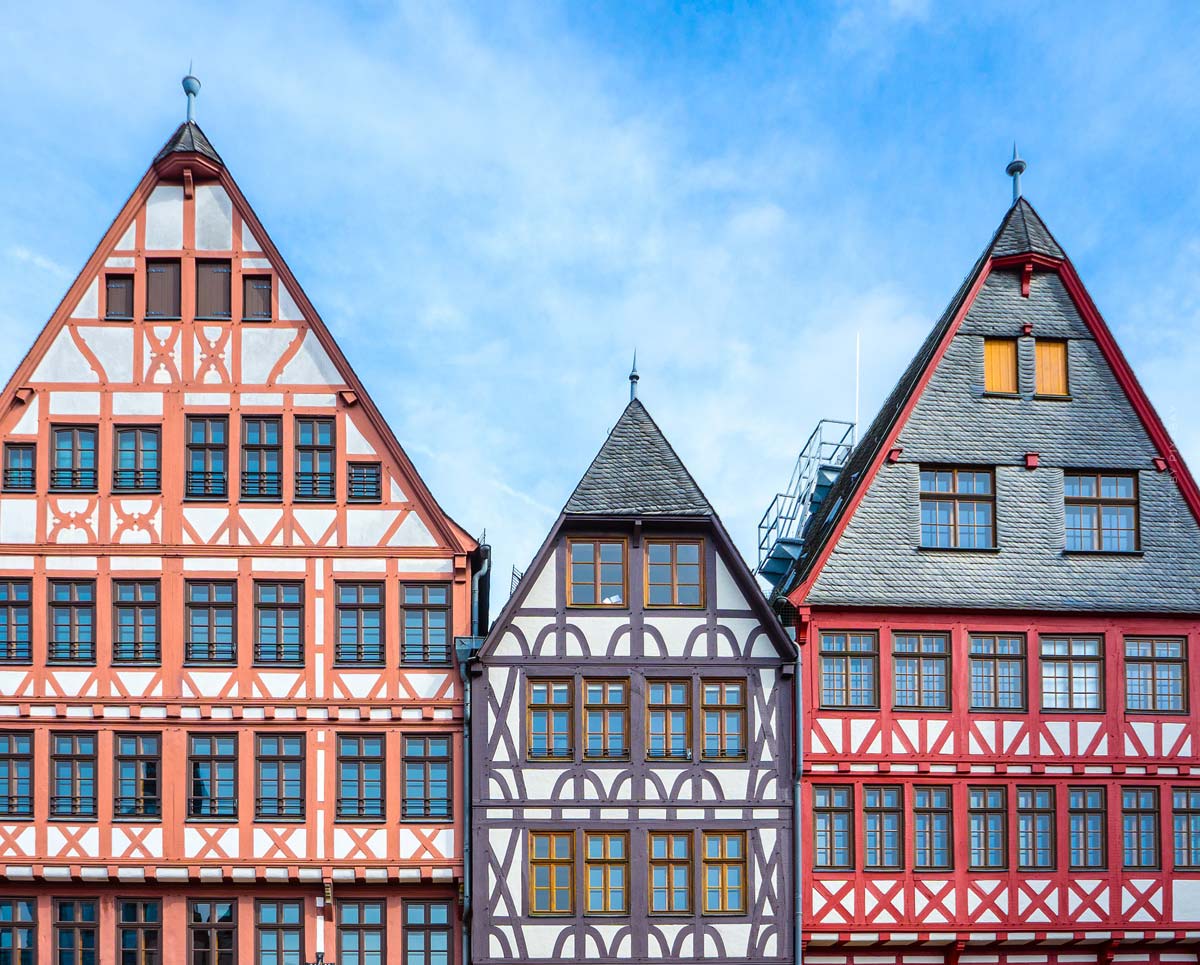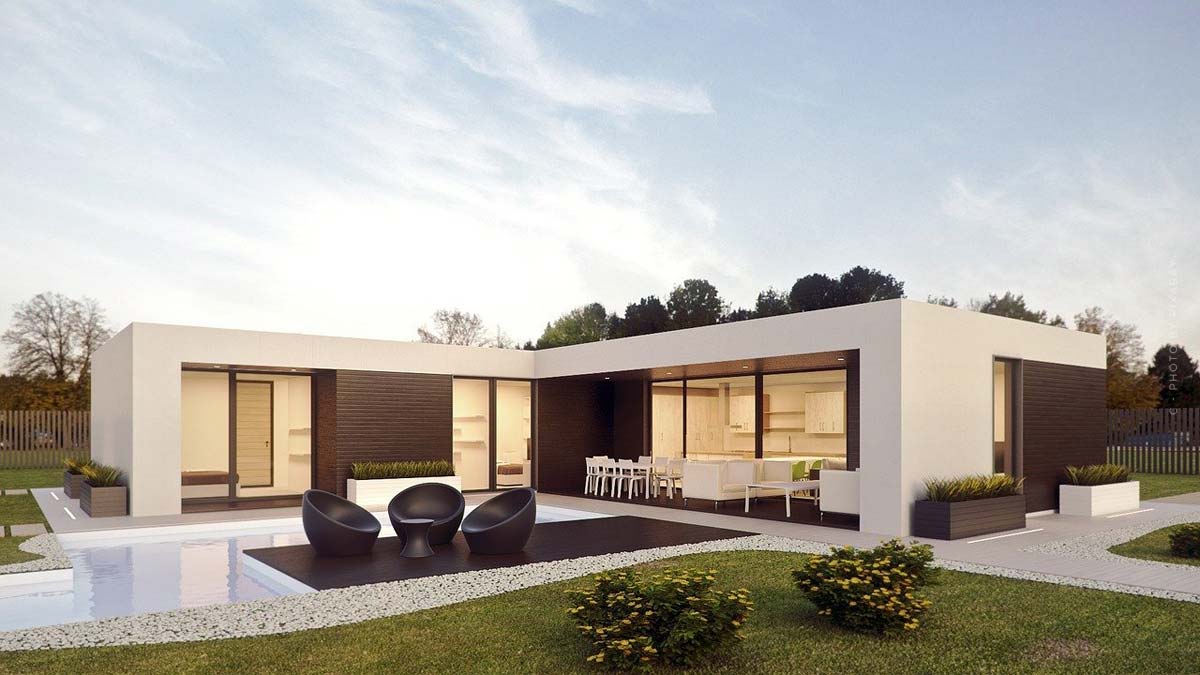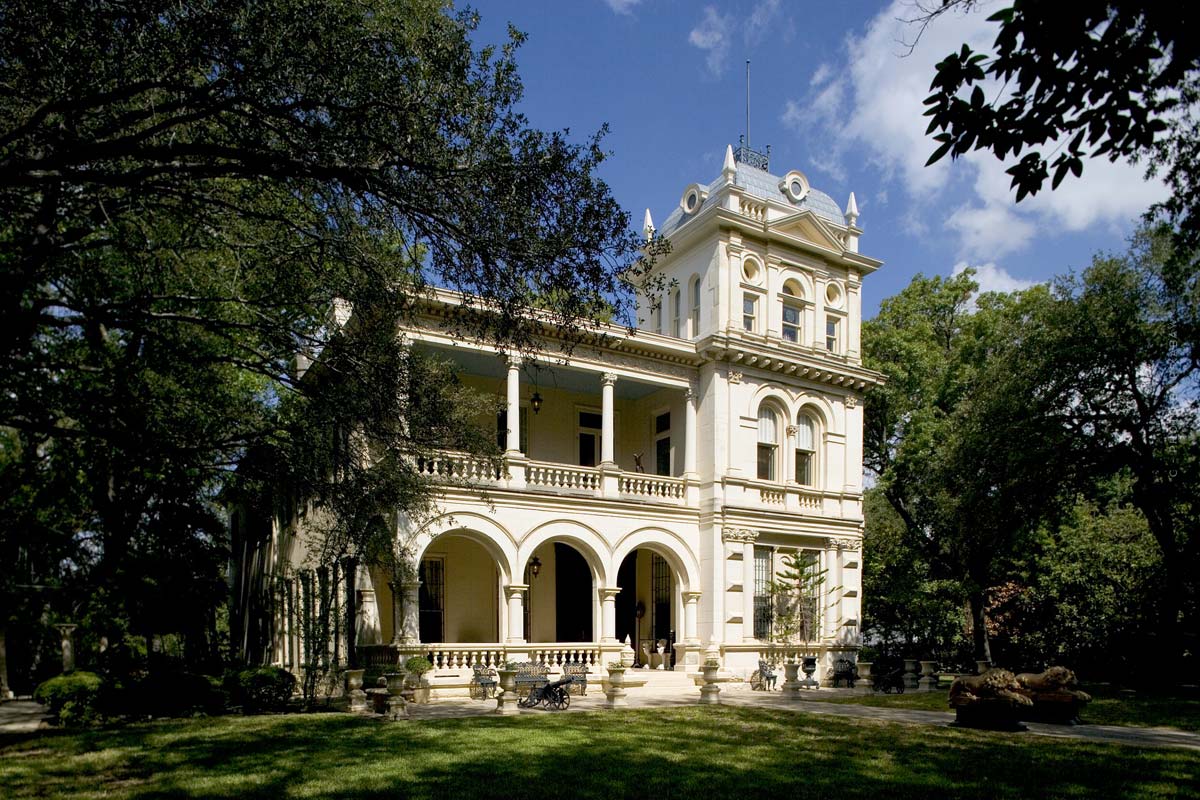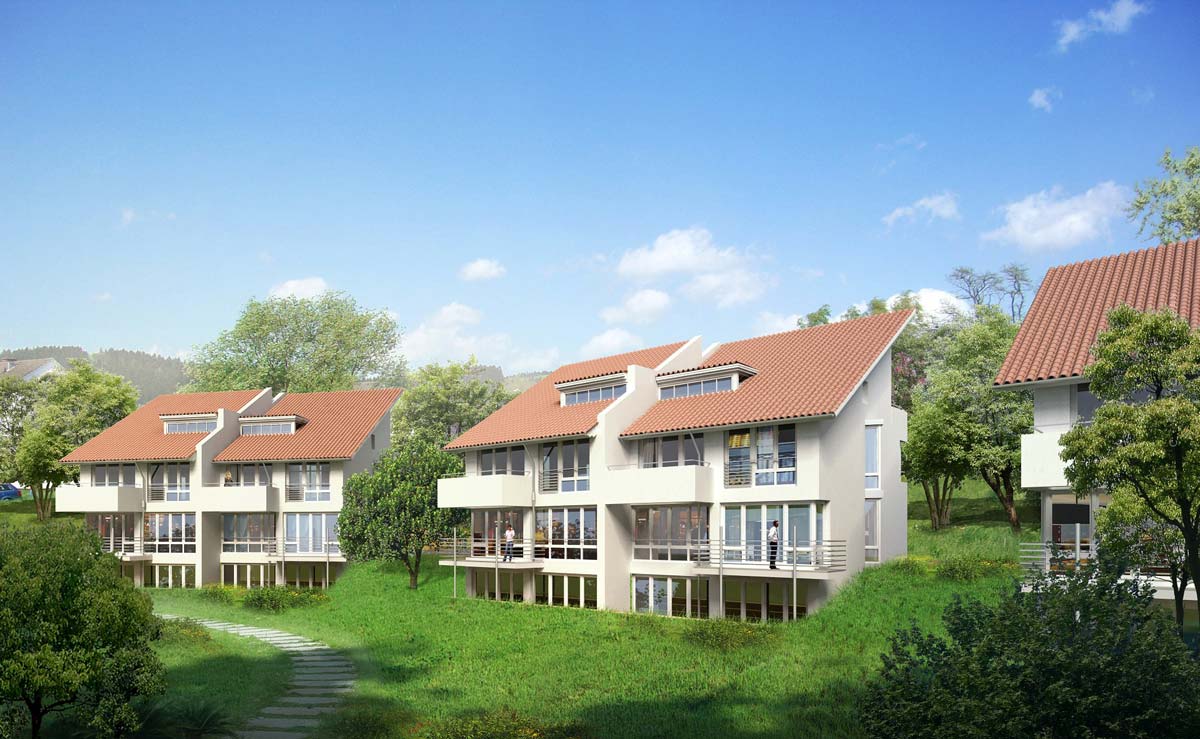Zero energy house: definition, purchase, construction and advantages & disadvantages at a glance
Zero energy house – Since November 2009 the long constructed idea of the zero energy house became reality and more and more humans dream now also their own house into a zero energy house to change, or would like to buy a house, which corresponds to these requirements. Especially when buying a new home, this type of house has gained popularity. However, many do not know much about the term and simply associate it with sustainable living. In this article you will find out what actually lies behind this type of house. Click here to go back to the overview: House types at a glance. Also exciting on the topic of energy-efficient living: Passive house and
Zero energy house simply explained: characteristic values & requirements
Zero-energy houses are small, building planning and energetic masterpieces. A zero-energy house is oriented in its standard value to the passive house. This means that it does not exceed the energy requirement of 15 kWh/sqm per year (regulation of the Passive House Institute Darmstadt) and also produces the consumed energy itself through photovoltaics and solar thermal energy.
This means that a zero-energy house is a completely self-sufficient entity and is not dependent on electricity purchases. Here is a summary of what a zero-energy house is all about:
- Energy demand <15 kWh/sqm per annum
- The remaining energy required is produced by the company itself
- Neutral CO2 balance
Features and technical details
The simple explanation seems very appealing at first and the question arises why not every house is built according to these standards. The reason for this is that, on the one hand, the completely self-sufficient house is unfortunately still an unachieved idea and, on the other hand, the technical and construction requirements are not so easy to integrate in old buildings.
Furthermore, depending on the season and location, even a zero-energy house is still dependent on electricity purchases. This unfortunately makes the title zero-energy house somewhat misleading. Nevertheless, the residents of a zero-energy house can look forward to a very low electricity bill.
Why are not all new buildings automatically zero-energy houses? Because zero energy houses also have certain disadvantages, which we will explain in more detail in the course of this article. In addition, the construction of a zero-energy house can be associated with higher costs than a standard house construction due to the additional installations that must be made in relation to the sustainability of the houses.
Tip. Are you looking for the perfect house, but don’t know if building or buying is right for you? Then take a look at our XXL Real Estate Guide! Here you will find interesting facts about buying, selling & Co. on the subject of apartments and houses.
Are you looking for the right house? Then check out our guide! Here you will find definitions, meanings and lots of information: House types from A-Z
Room layout and construction
What exactly can you expect from the room layout of a sustainable house and what restrictions arise in terms of rooms and room layout. However, we do not want to go too much into disadvantages and advantages here, as these will be discussed in the following section.
A big factor in the construction of zero-energy houses is to optimize the external surface in relation to the total volume of the house, which means reducing it to prevent heat loss. In addition, the insulation of zero energy houses is the be-all and end-all of the building. If the insulation is not optimized, the house will not serve its purpose.
Advantages & Disadvantages: Savings and risk of mold
What speaks for and what speaks against the zero-energy house? Are there any arguments against sustainable buildings? We will try to answer these questions in the following, so that you can decide whether such a sustainable home could meet your needs.
Advantages: Service charges, living space and windows
Many of the benefits of zero energy homes are obvious and have also been briefly touched on in previous sections. But there are a few more factors that help to make sustainable living palatable.
- Low power consumption
- Reduced ancillary costs
- CO2-neutral
- Large windows
- Optimized living space
Disadvantages: Cost, limitations and risk of mold
If you want to live in an environmentally conscious way, you have to say goodbye to the German ventilation culture, because the energy-efficient living options unfortunately come without opening windows. Instead, a ventilation system is installed that allows a regulated living air exchange, but keeps the temperature of the house constant.
- High acquisition costs
- Limited freedom in construction
- Danger of mould due to ventilation deficiencies
For whom is the zero-energy house suitable?
The question of who should move into such a house is not so easy to answer, because an energy-efficient house always tends to offer the option of accessibility, especially if it is a new build, so the groups that can feel comfortable in this type of house are wide-ranging.
Families, singles, pensioners and co.: Building a zero-energy house?
Do you want to move into a zero-energy home, but aren’t sure if it’s right for you yet? Making the choice is really difficult, but in the long run, investing in energy-conscious living will definitely pay off in terms of cost. In addition, you’ll be an absolute pioneer when it comes to the house and housing market.
Sustainable housing options will become more and more in demand. Of course, this brings advantages and disadvantages for zero-energy houses. On the one hand, the loss in value due to aging is not quite as high, as certain standard values are already taken into account during construction. On the other hand, they require maintenance in places that other houses do not have.
In addition, progress in sustainable housing can be expected to be driven by political and popular interest, with new technologies overtaking old ones.
Source: Zero Energy House (Lukinski.com)
Energetic sustainable building: KfW Efficiency Houses & more
Zero energy homes have only existed in the real world, and not just on paper, for a little over ten years. But zero-energy homes are not the only players in the field of sustainable housing options. Environmentally conscious building projects are being viewed more and more positively by lending institutions and banks, and getting support is often tied to the planning of the building projects.
KfW efficiency houses, old buildings and zero-energy houses in comparison
In order to be classified as a KfW Efficiency House, a building must meet certain criteria. The better the house performs, the more favourable the loan options are. These criteria can be particularly interesting when building a new house. The requirements for a KfW Efficiency House consist of primary energy demand and transmission heat loss. These are the values for new buildings:
- KfW 40 Plus: primary energy requirement 40 % // transmission heat loss 55 %.
- KfW 40: PEB 40 % // TWV: 55 %
- KfW 55: PEB 55 % // TWV 70 %
The values are to be considered in relation to the reference building. Primary energy demand describes the amount of energy required to meet the energy demand. Transmission heat loss, the heat that is lost through walls, windows, etc.
We have also compiled the energy requirements of popular housing types so that you have an approximate reference for the energy consumption of houses at hand. The values are of course to be considered average, as a simplification has taken place:
- Partially renovated old building: 155 kWh/qma
- New building: 45 kWh/qma
- Modernised old building: 120 kWh/qma
- KfW Efficiency House 40 Plus: <25 kWh/qma
- Passive/zero energy house: <15 kWh/qma
Build or buy: Pros and cons of building a house
Now, after all this information, the question arises: should I rather build or buy such a house. Of course, this question must always be answered on a personal basis. How much time, effort and money can you put into your new home and, most importantly, what is on offer in the housing market? Are there perhaps already offers that meet your requirements, or do you have expectations that have not yet been fulfilled?
One factor that specifically favors building sustainable homes is the availability of good loan options for this type of home. If this is a factor for you, building a home here may even be more of an option than other types of homes you’ll find in our magazine.
Refurbishment tips: From old building to zero-energy house?
Turning a beautiful old building into a zero-energy house? Hardly possible. But nevertheless there are renovation measures that help to make the old building a little more energy efficient. For example, through new insulation in the roof and the general overhaul of the windows.
Double or triple windows reduce a building’s transmission heat loss, as does upgrading insulation. If you are really interested in improving your energy balance, you can expect to spend a little money. On the other hand, you’ll save money in the long run. In addition, loans for renovation measures that have a positive energy effect on the house can be obtained at good conditions.
Zero energy home setup: Brands, tips and tricks
The zero-energy house is usually equipped with an efficiently used area, but this also means that unnecessary free space is reduced and high rooms are avoided. So that you don’t have to do without style in your interior, we have summarized a lot of interior brands and their assortment for you and maybe there is also one or the other object for you. You can find the different collections here: Interior Brands Guide.
Low-energy house & passive house: energy-efficient living – features & comparison
The low-energy and passive house are also house types that enable energy-efficient living. We have presented the individual house types in separate articles and compared them for you. Energy-efficient living does not know only one solution, inform yourself here about the individual possibilities and find the perfect house form for you, with which you can live sustainably and energy-efficiently.
